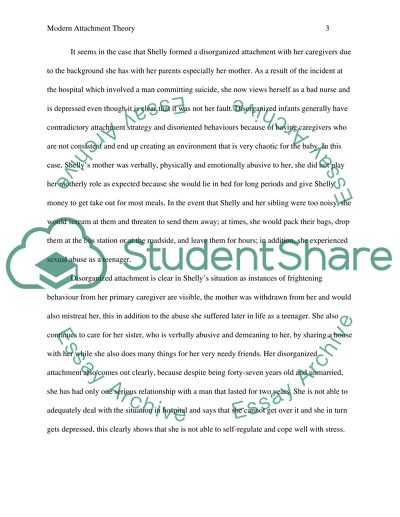Cite this document
(“Case study/ research Study Example | Topics and Well Written Essays - 1000 words”, n.d.)
Retrieved de https://studentshare.org/sociology/1480706-case-study-research
Retrieved de https://studentshare.org/sociology/1480706-case-study-research
(Case Study/ Research Study Example | Topics and Well Written Essays - 1000 Words)
https://studentshare.org/sociology/1480706-case-study-research.
https://studentshare.org/sociology/1480706-case-study-research.
“Case Study/ Research Study Example | Topics and Well Written Essays - 1000 Words”, n.d. https://studentshare.org/sociology/1480706-case-study-research.


